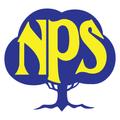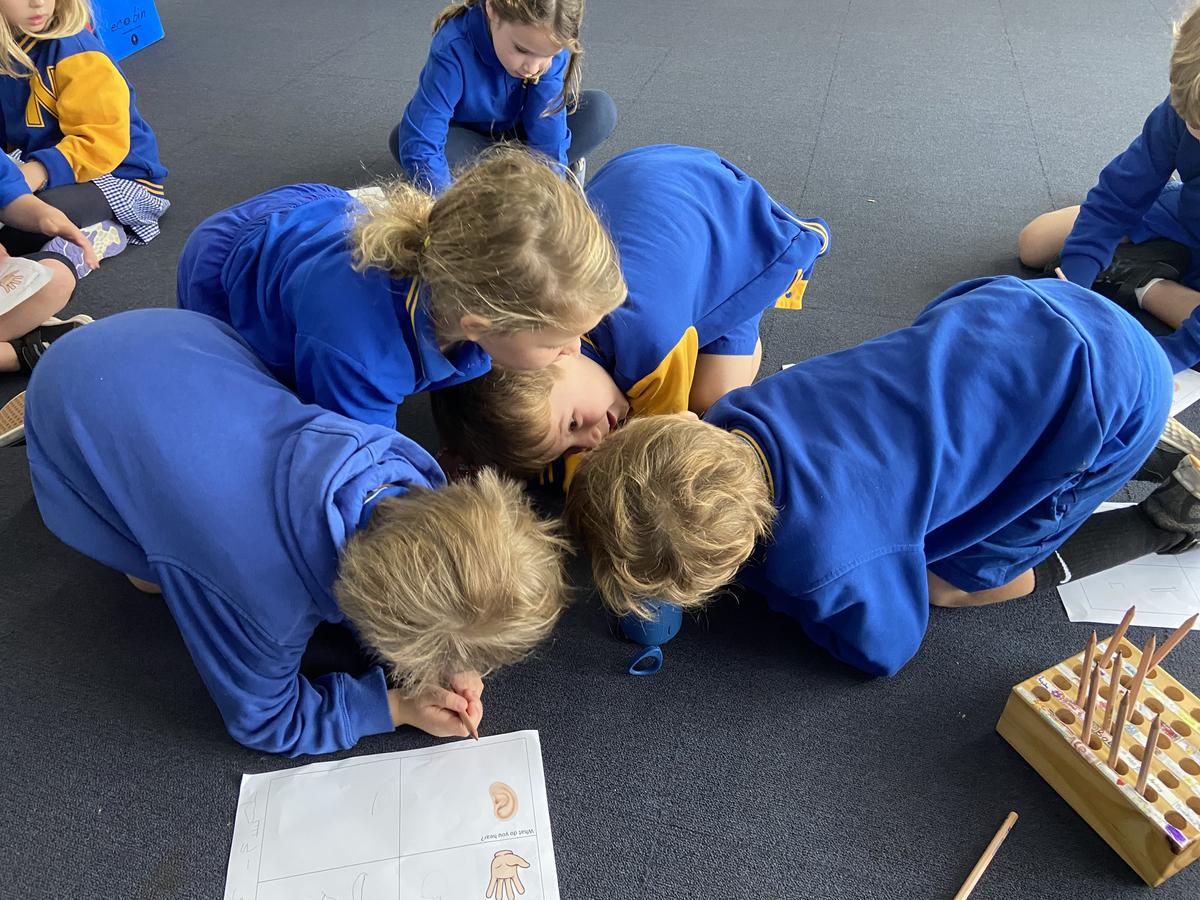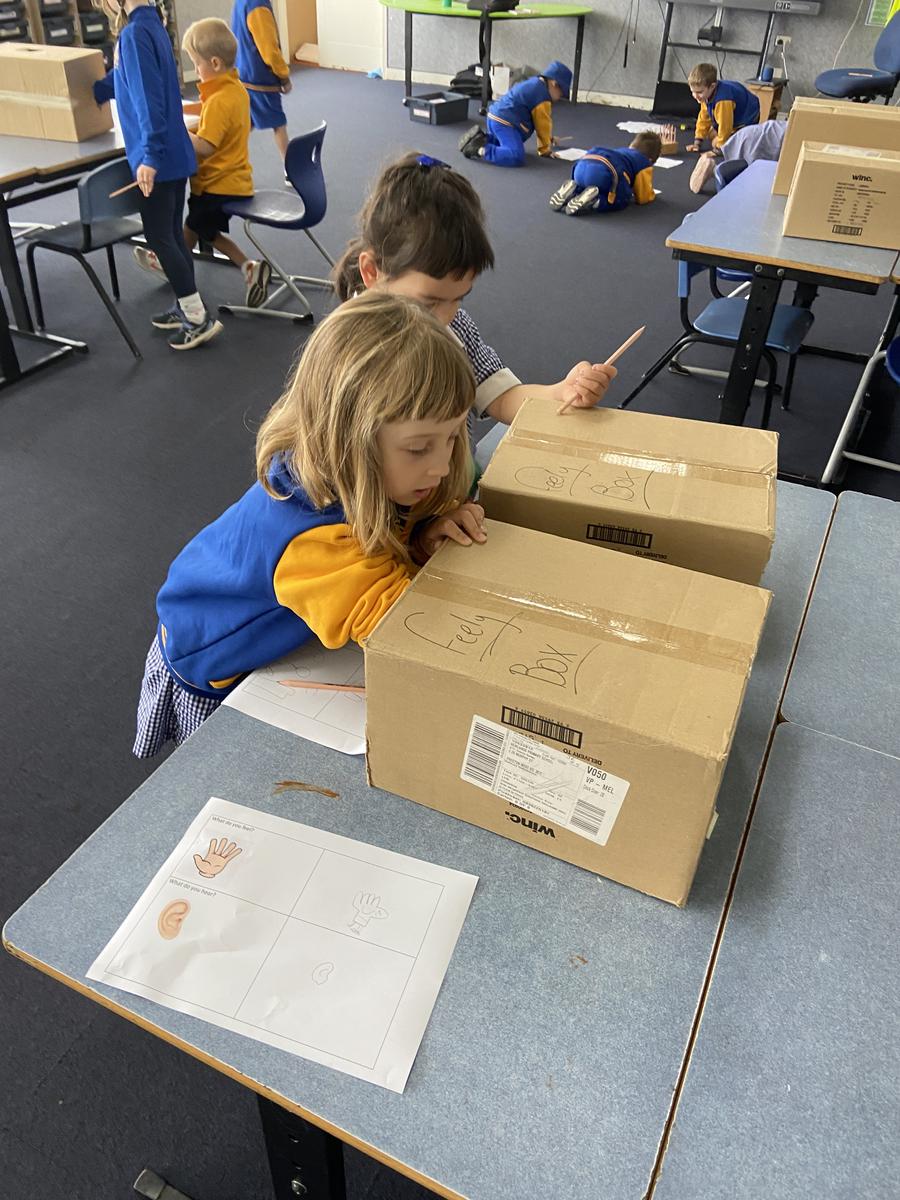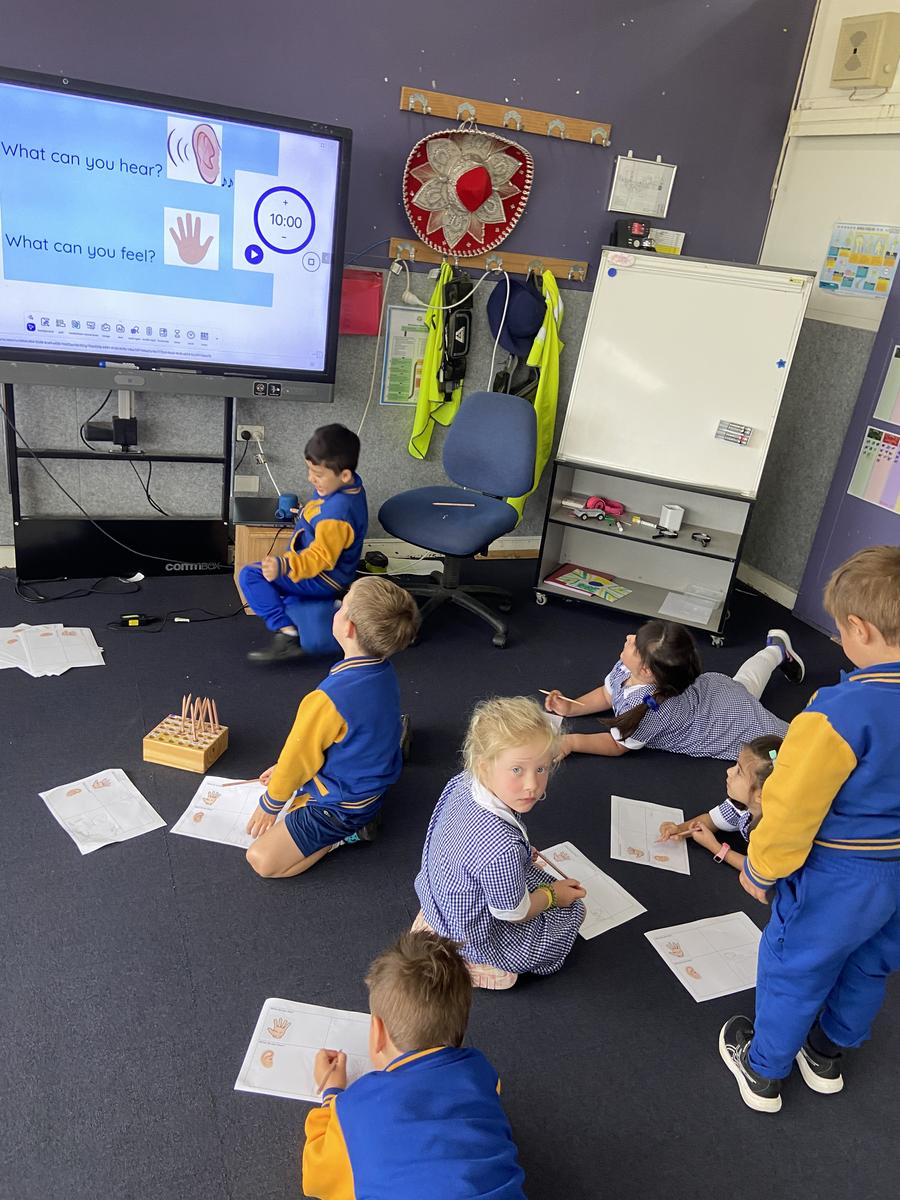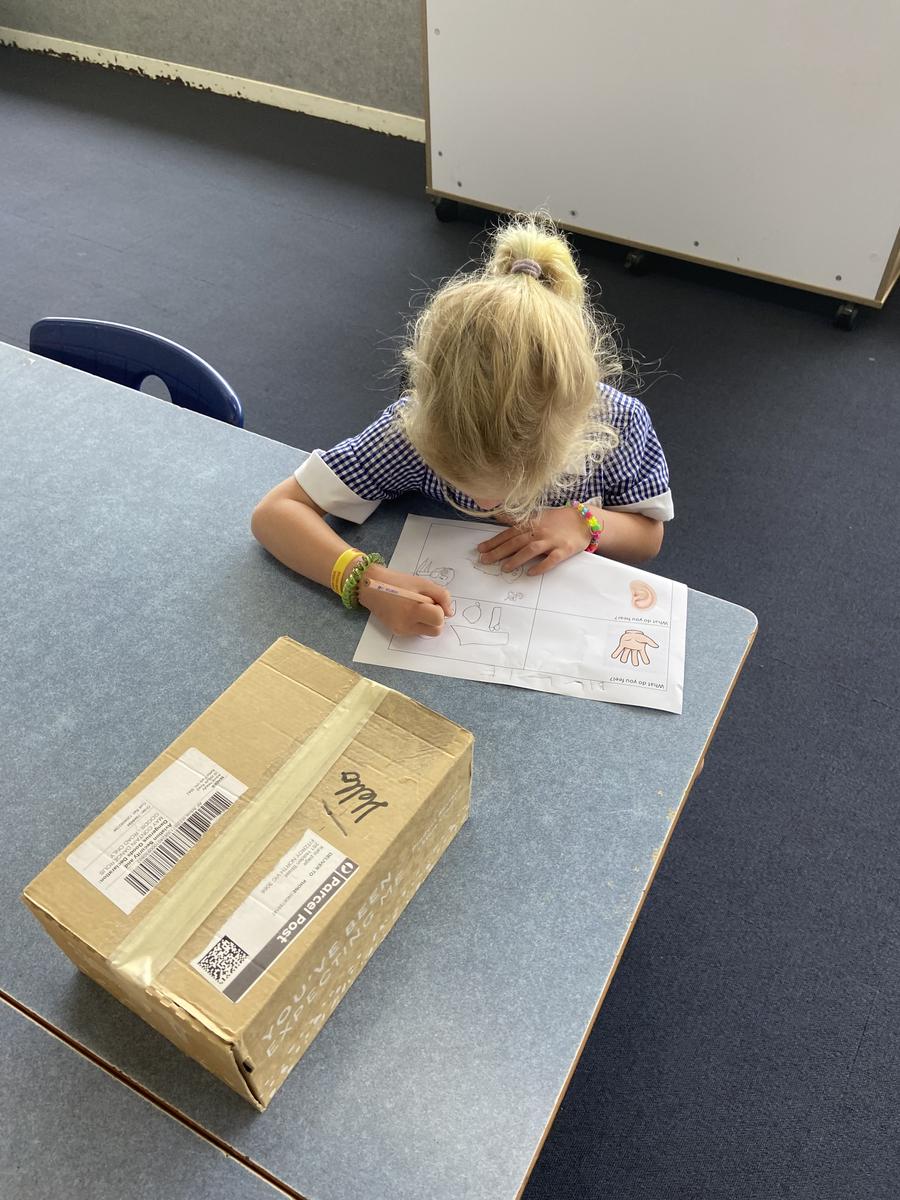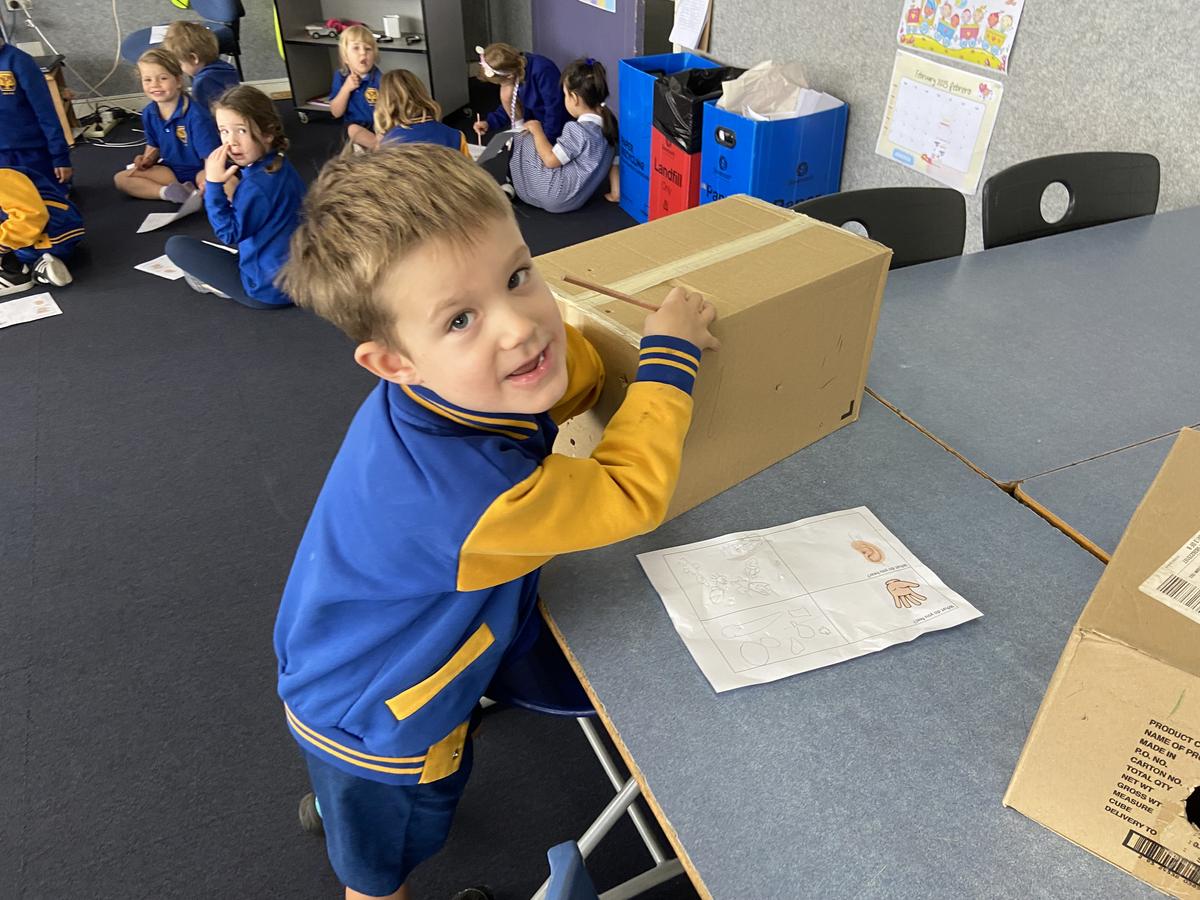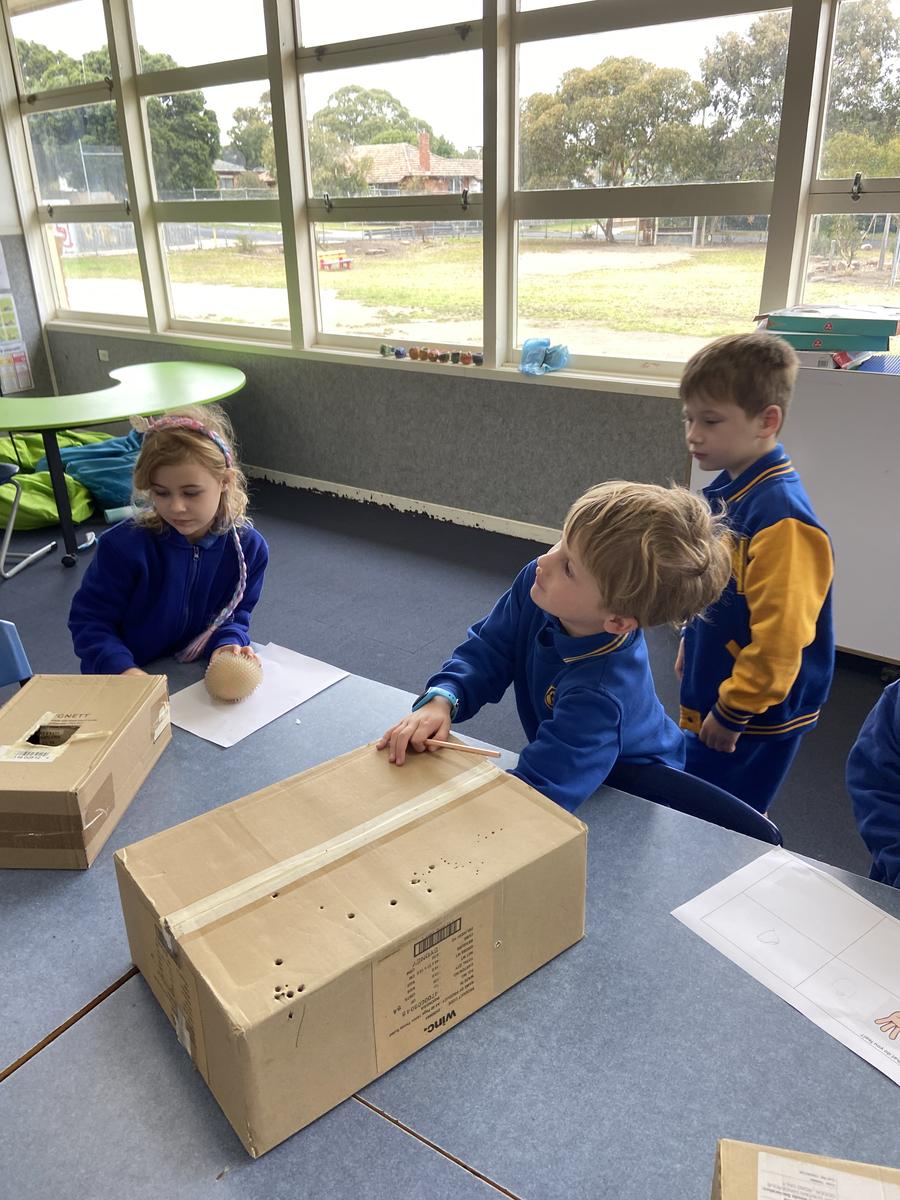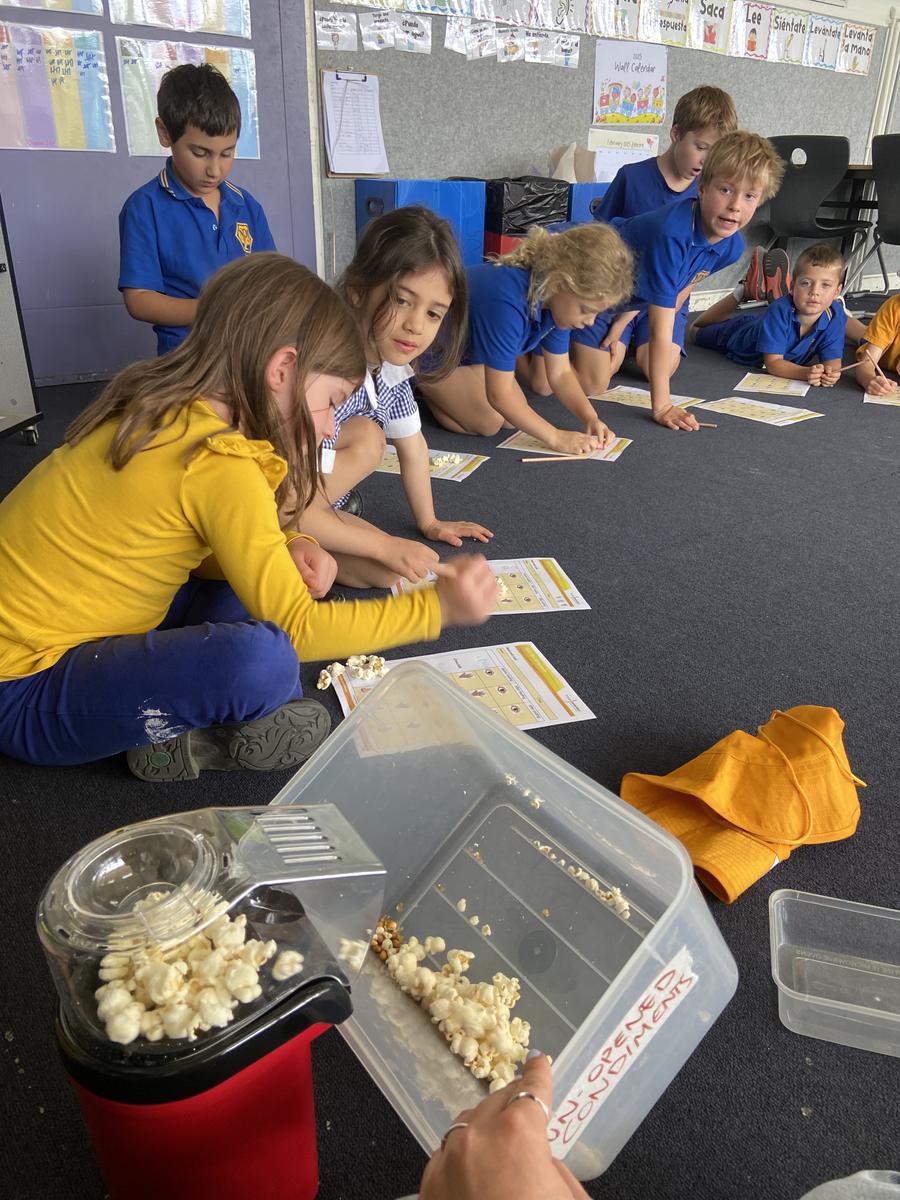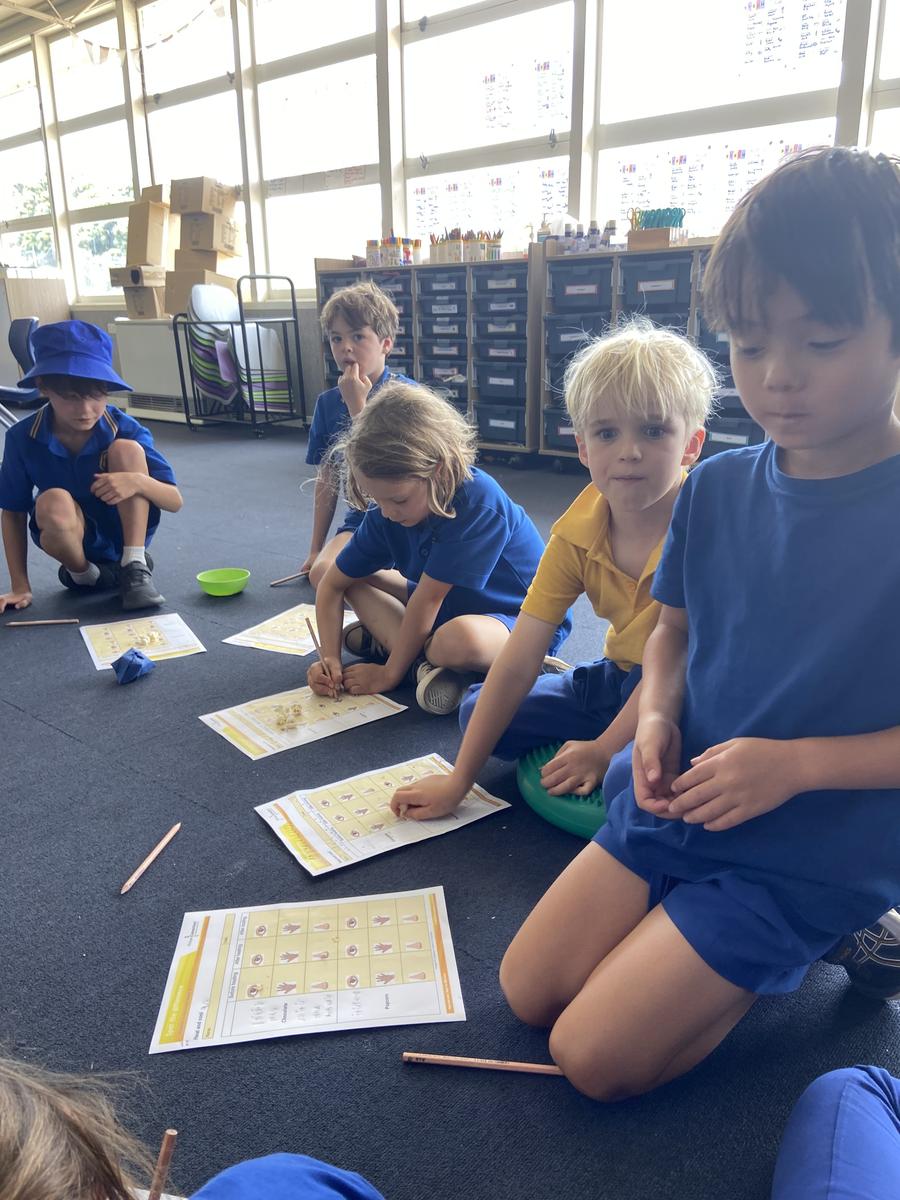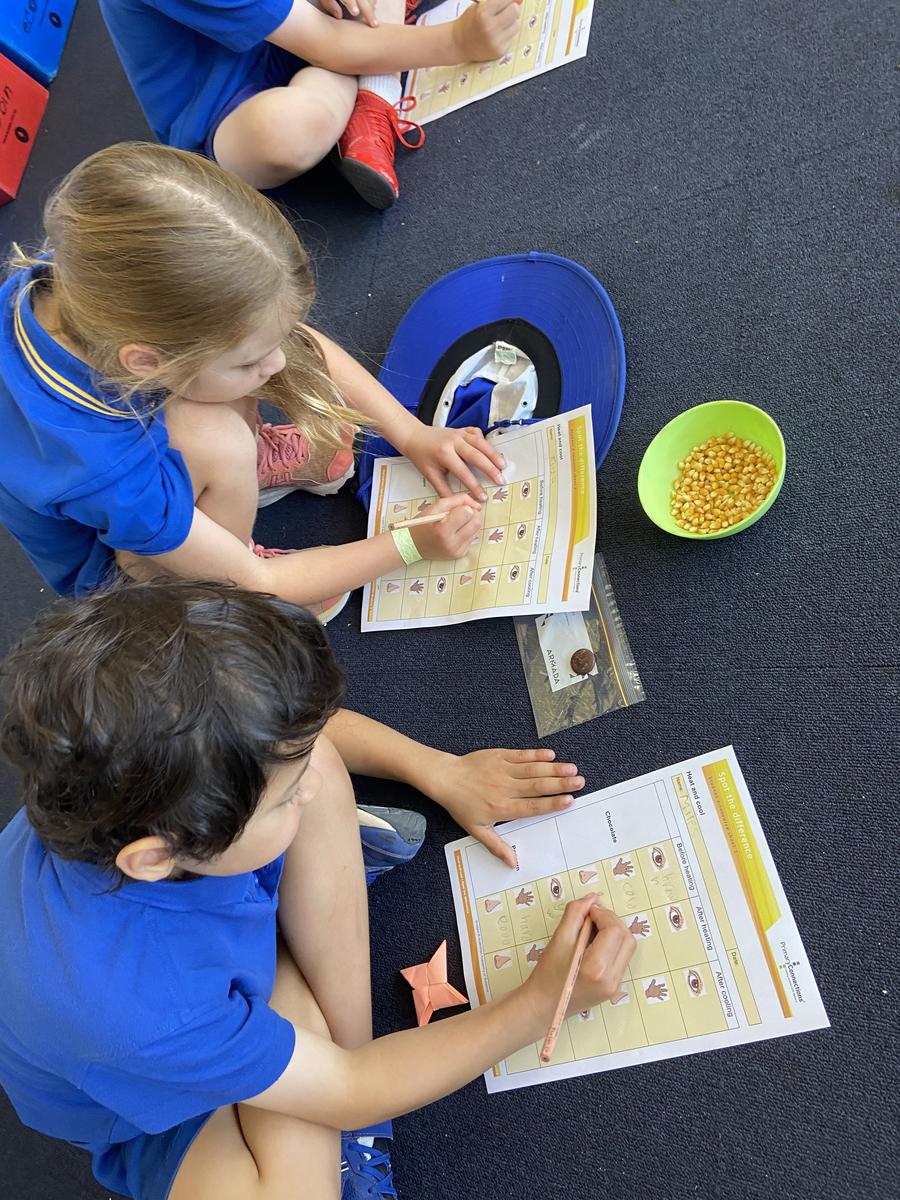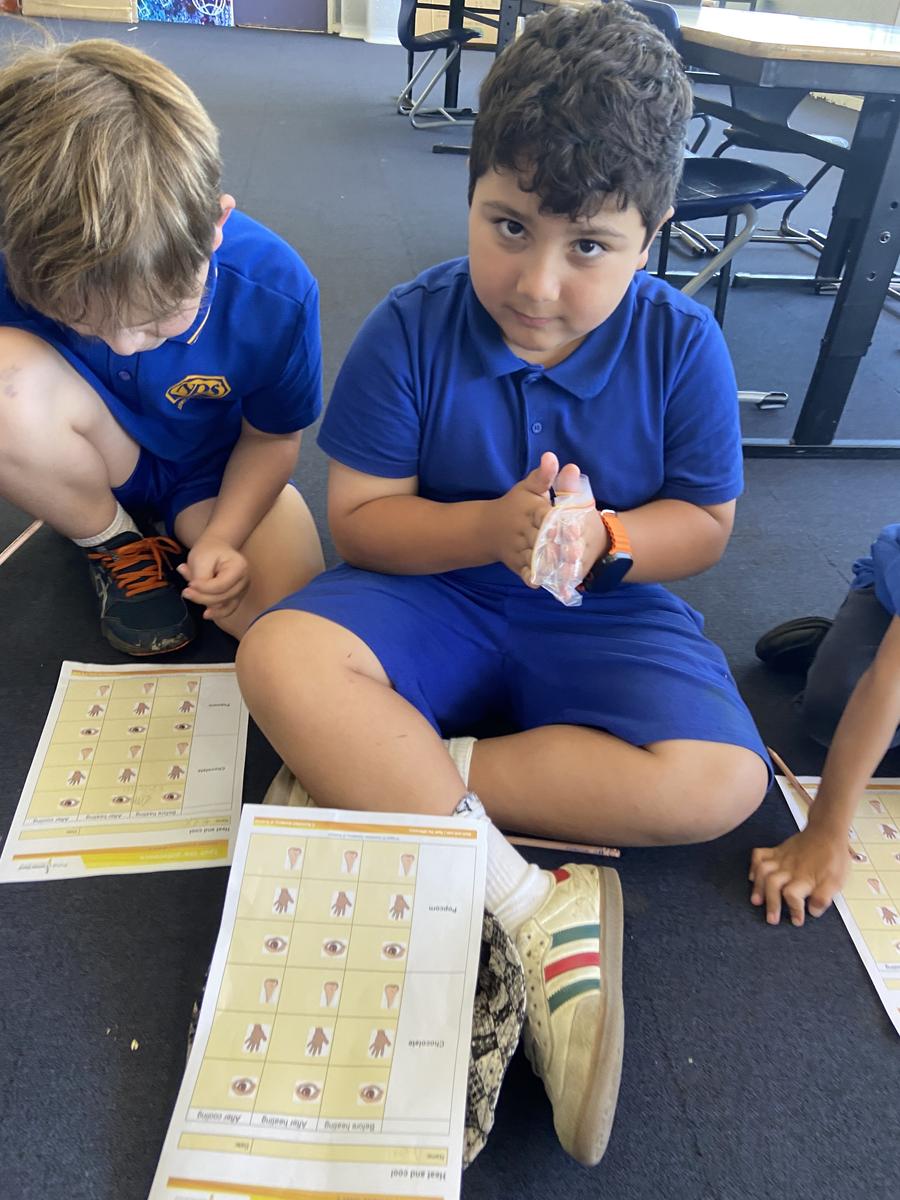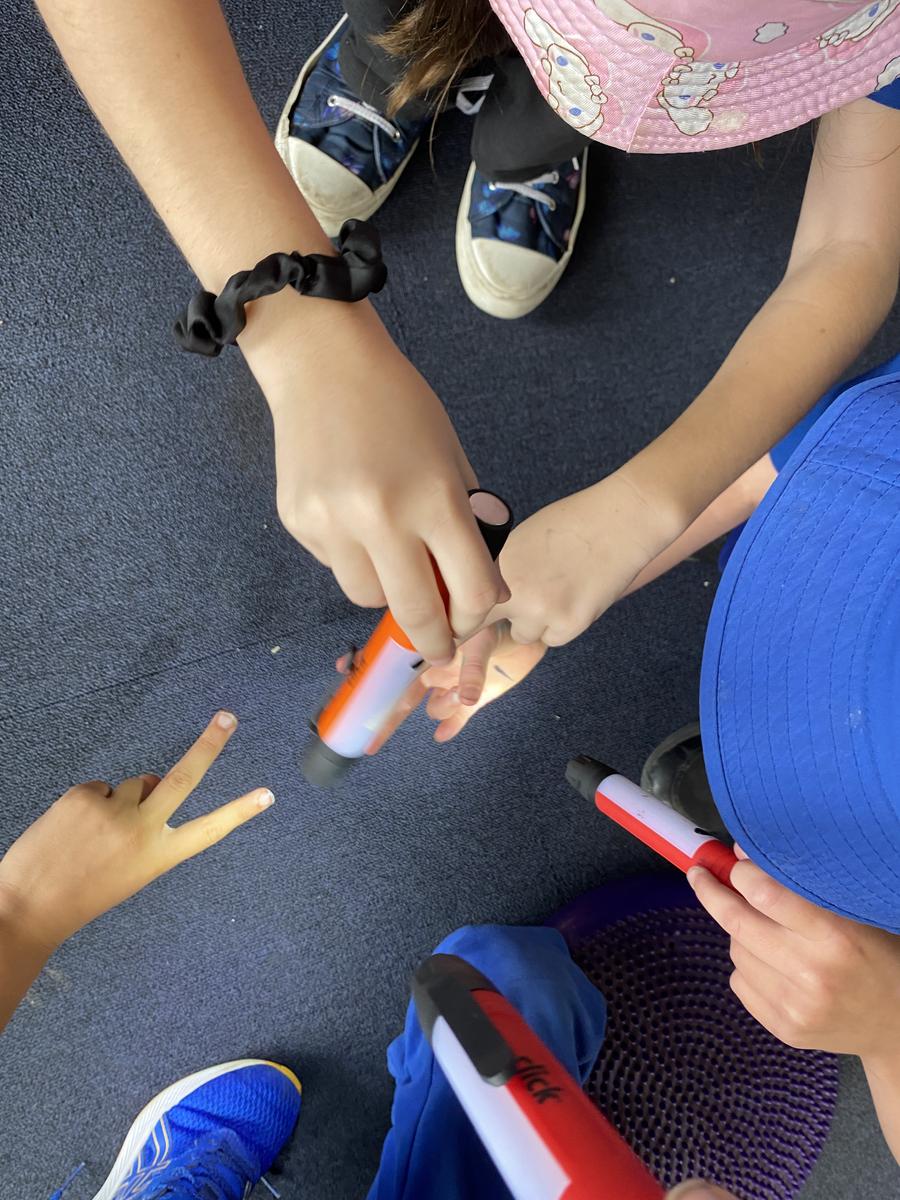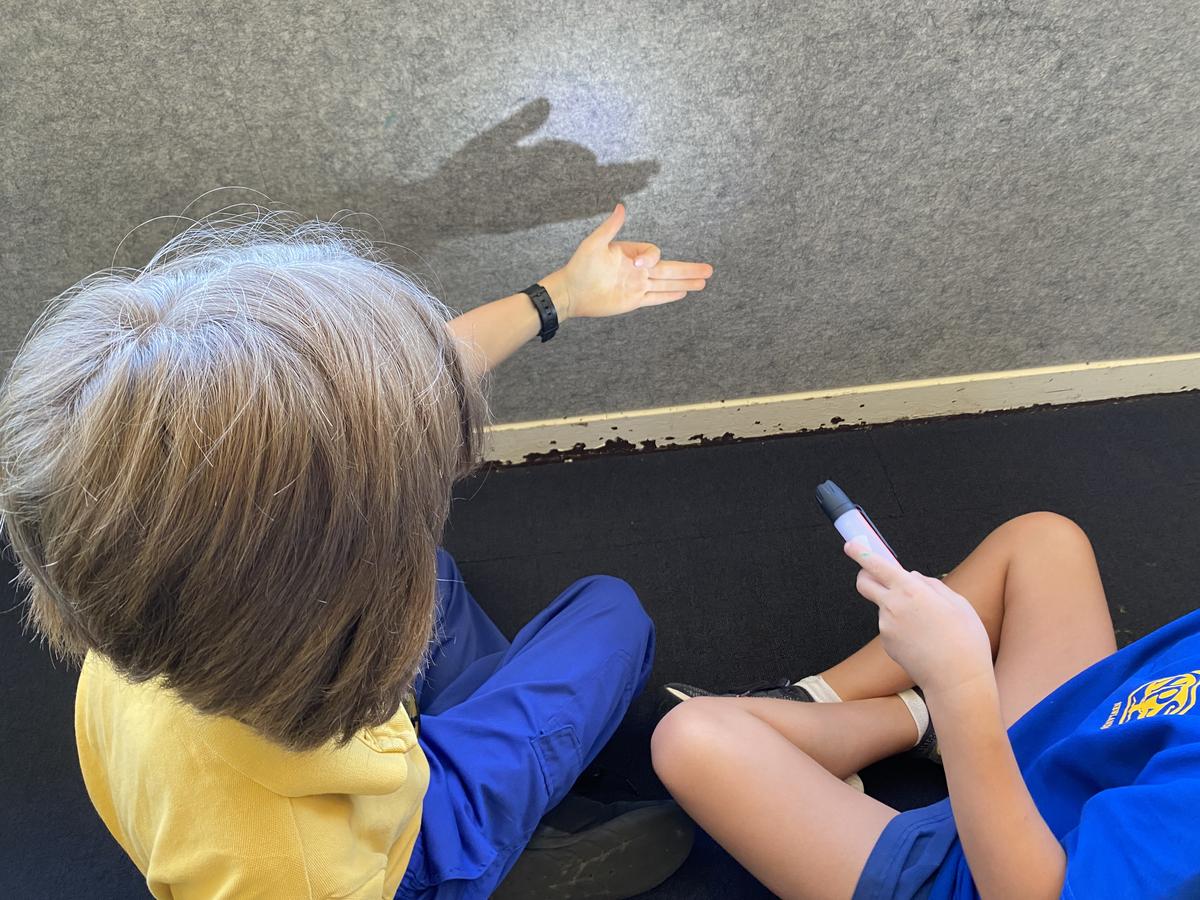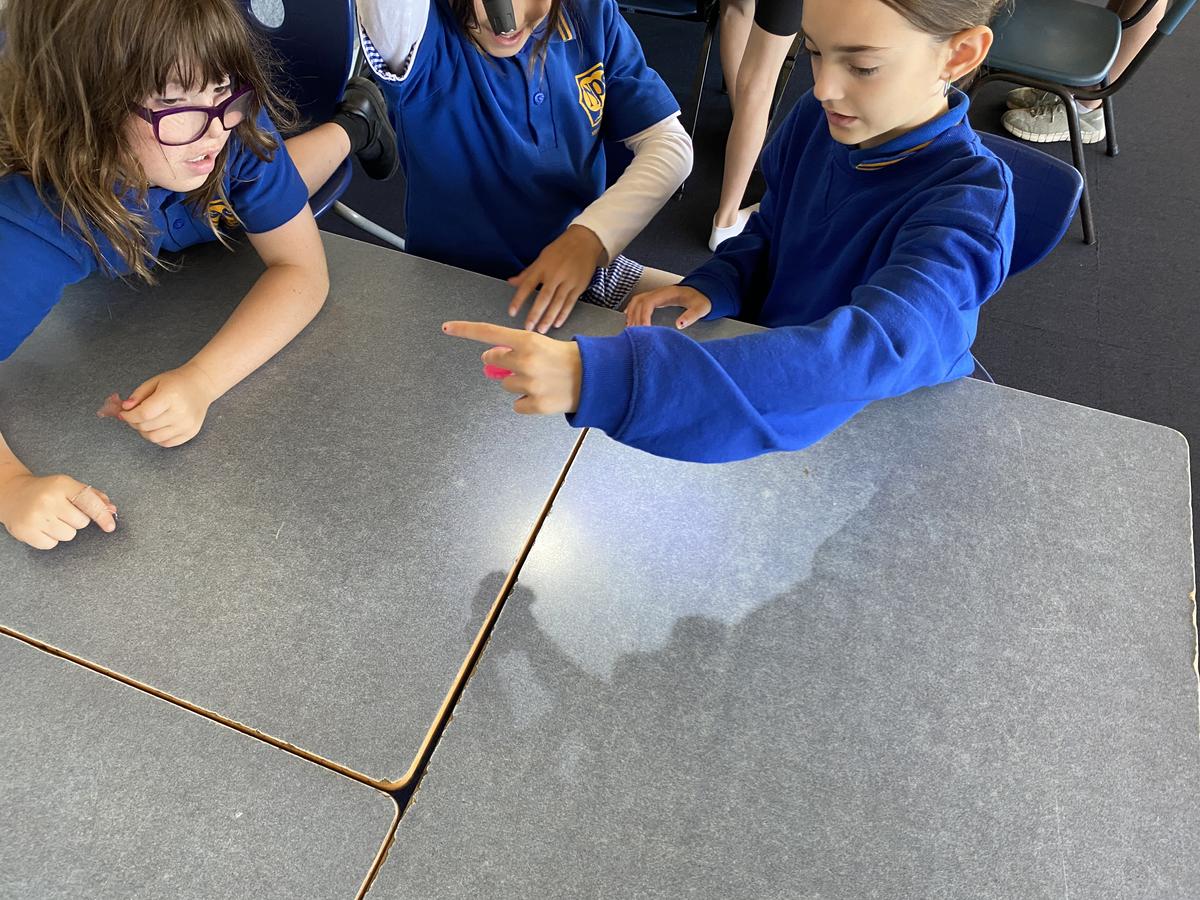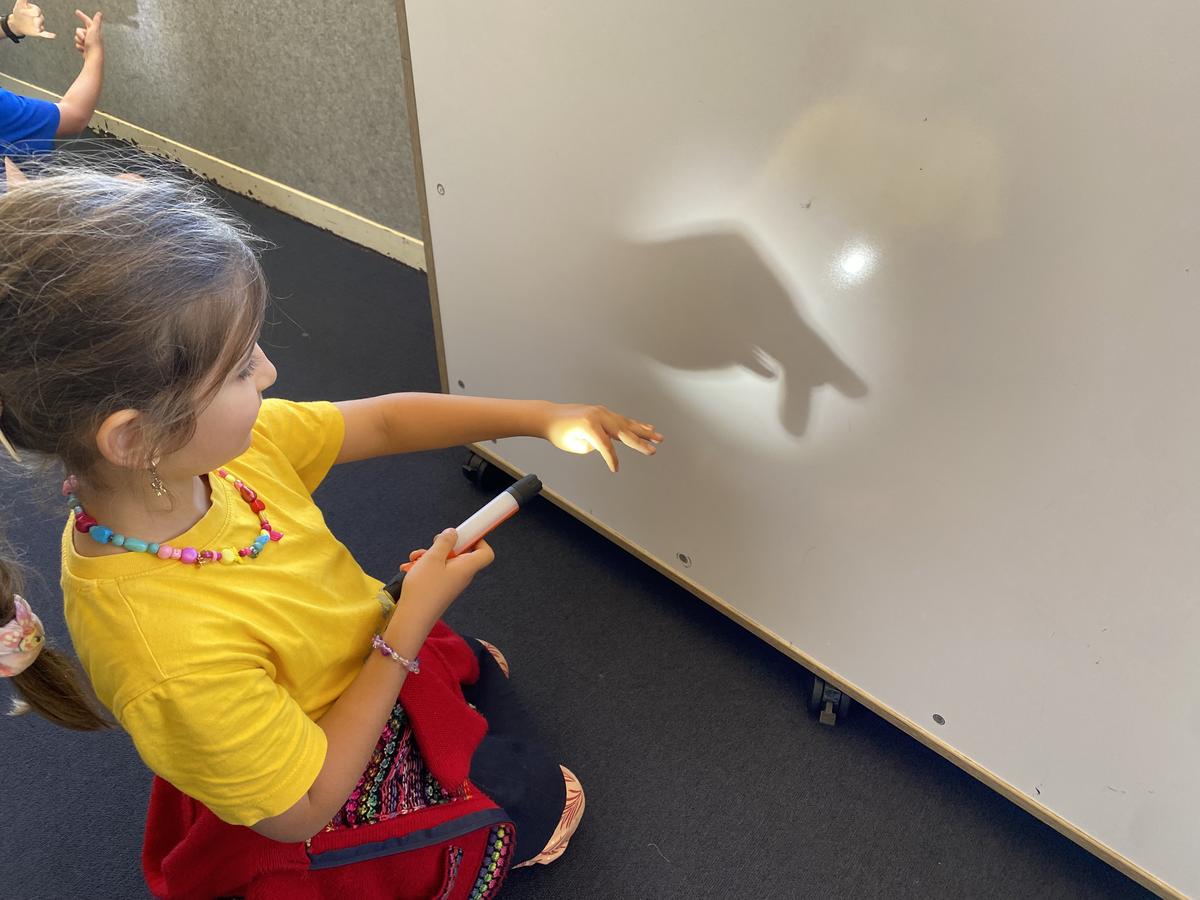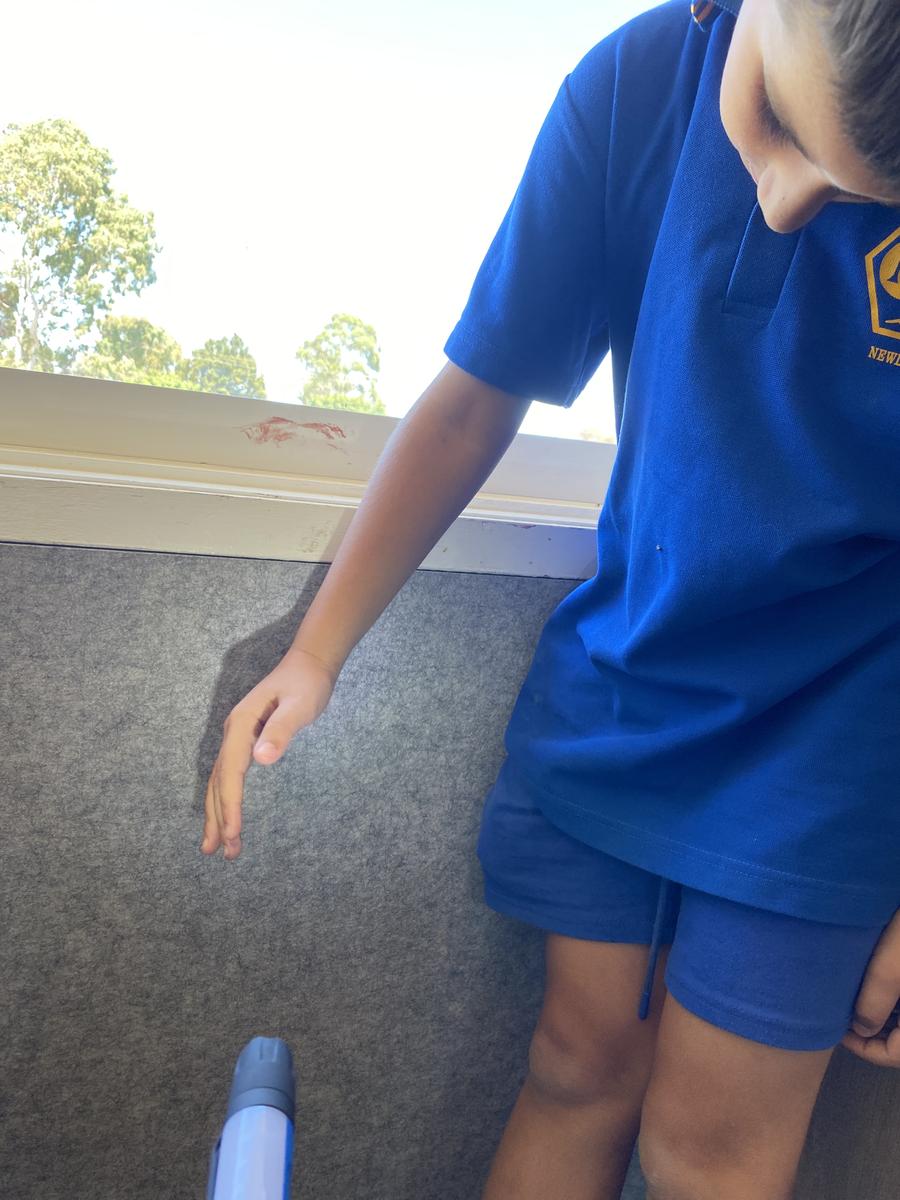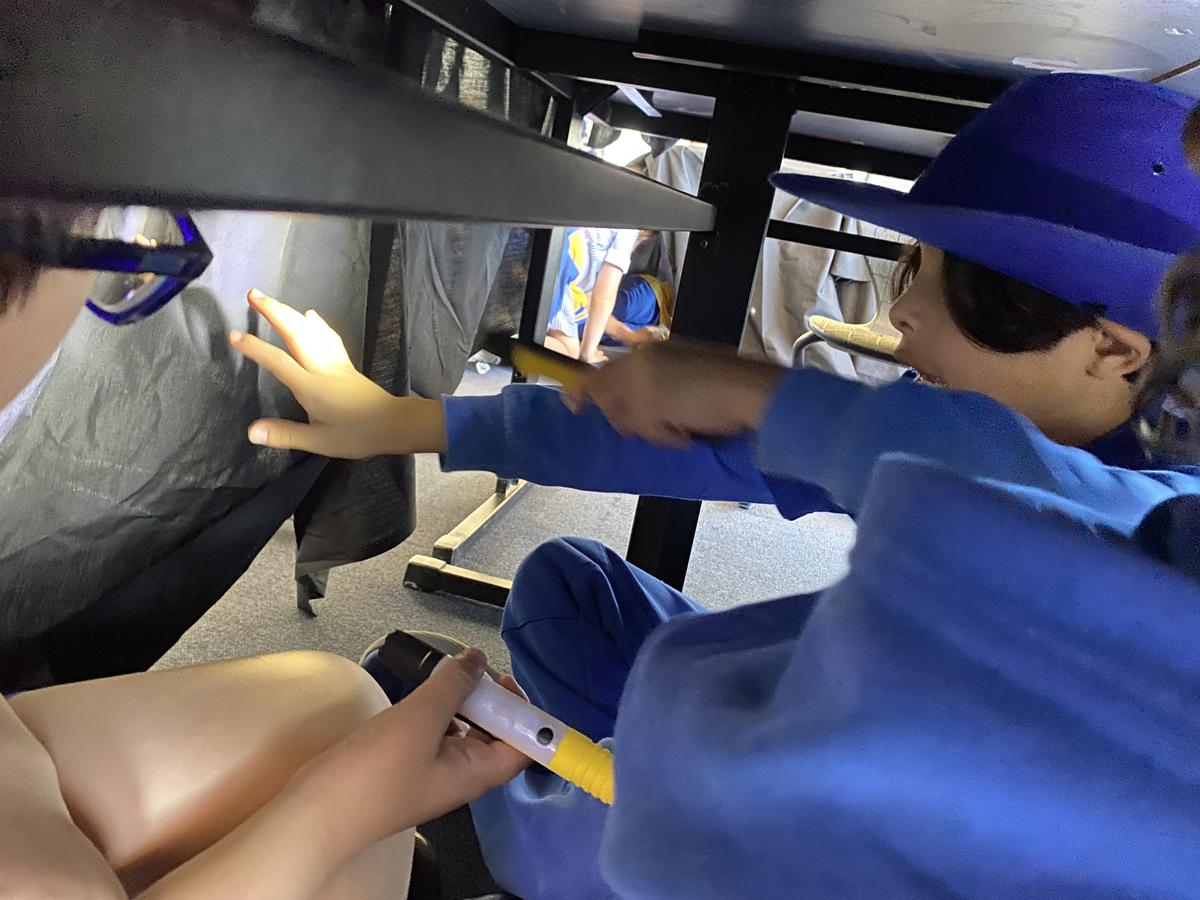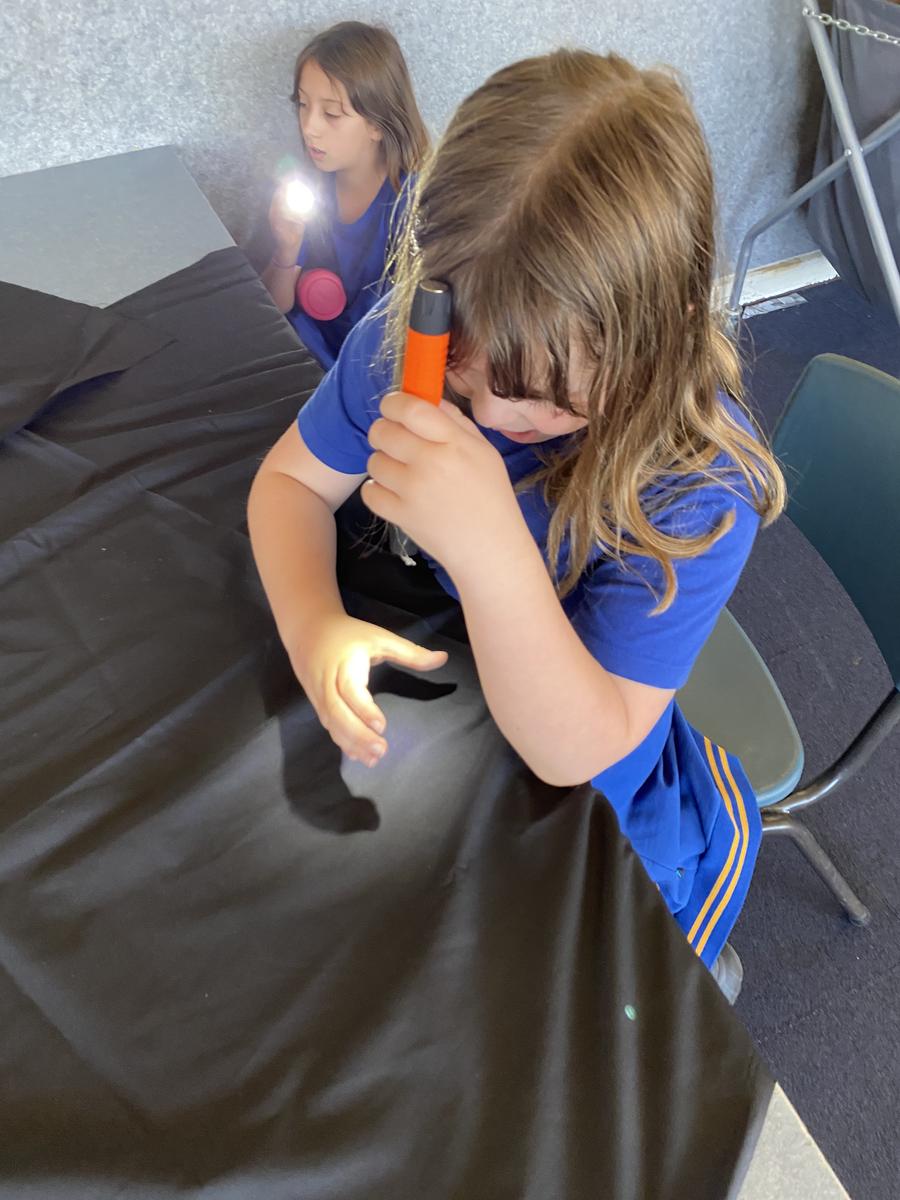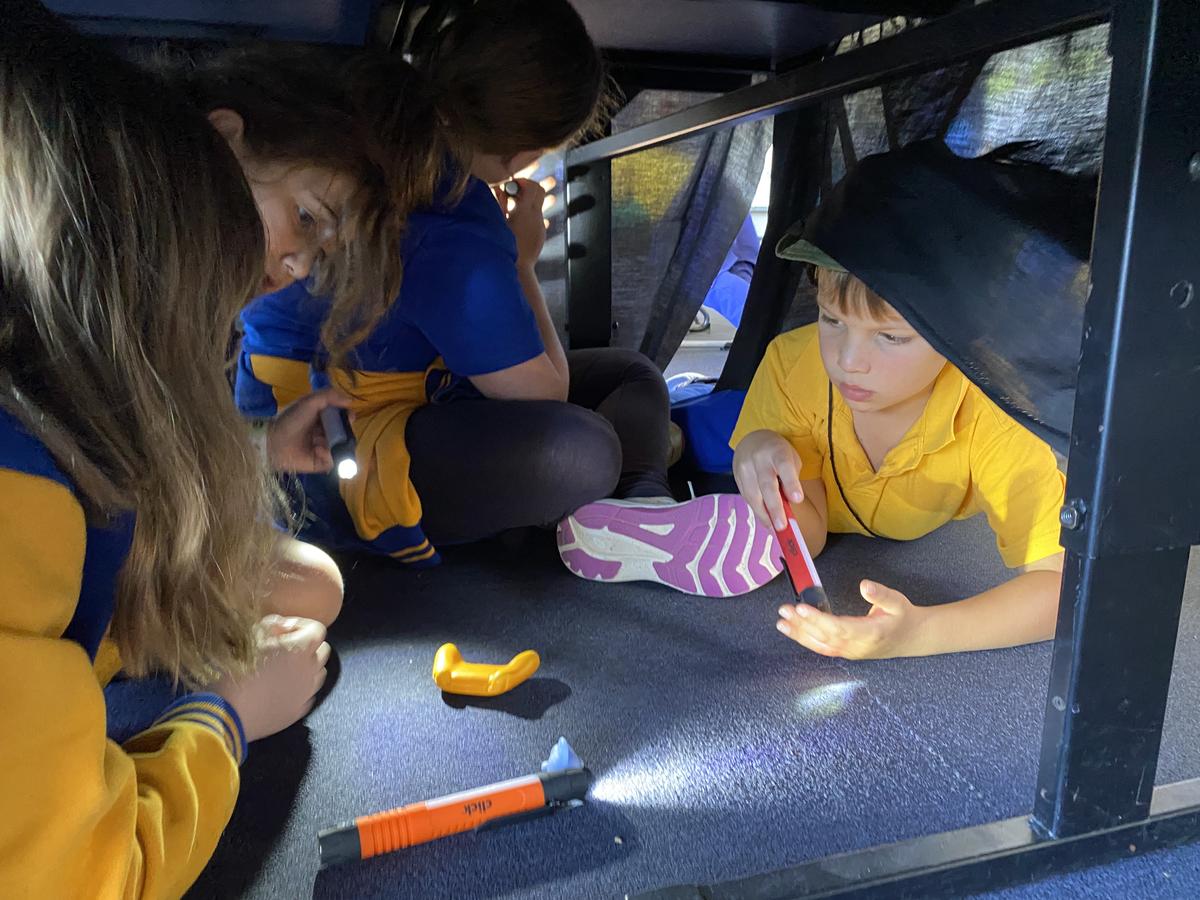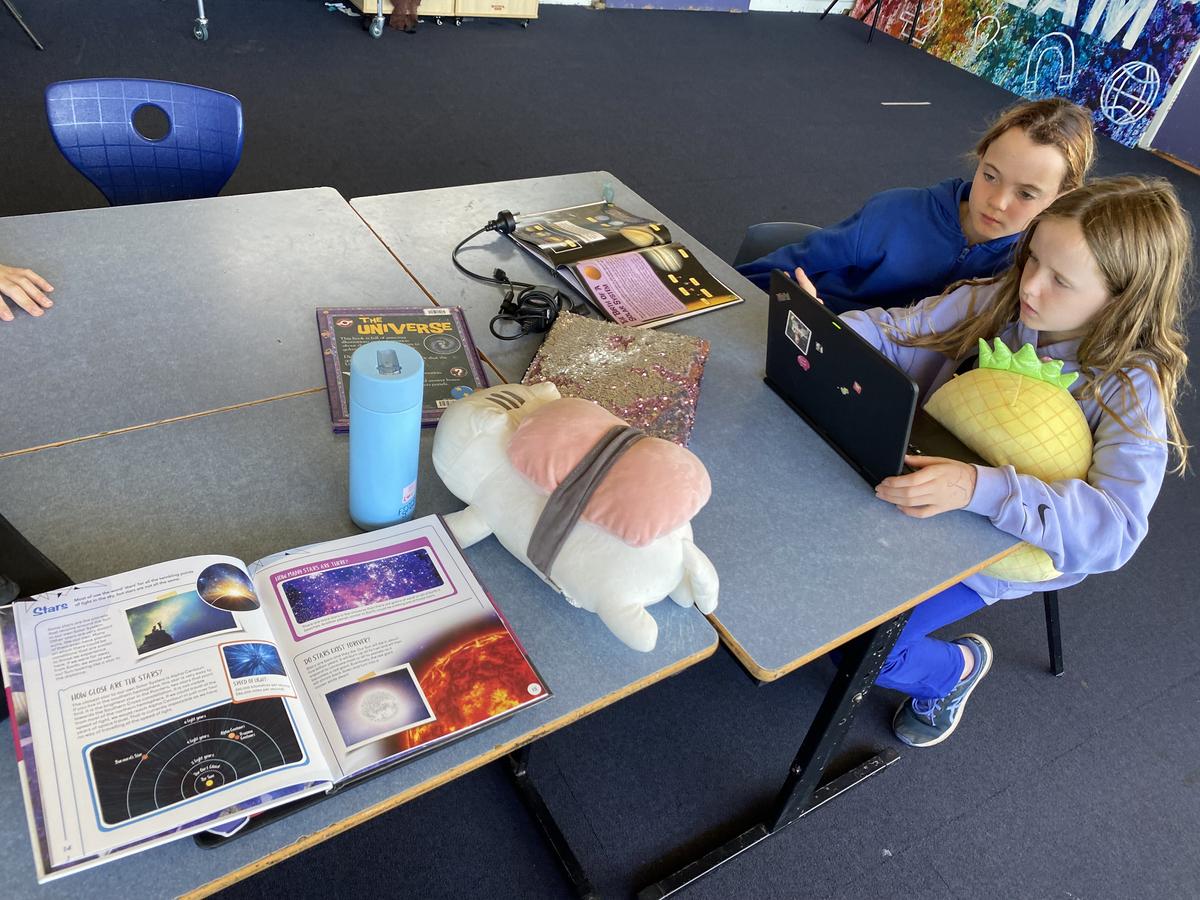STEAM

Start Up Program
As part of the school start up program, students looked at caring for equipment in the STEAM room, particularly how to pack equipment up back to where it belongs. To help with this, students created labels and gave names to all of the equipment to make sure that they make their way back home at the end of the lesson. This was connected to the fact that we need all equipment to make sure that we can get our work and learning done.
Foundation
This week in our STEAM Foundation program, students are learning how to use their five senses to better understand the world around them. We’ve focused on the sense of touch and hearing, allowing the children to engage in hands-on exploration.
In one activity, students participated in “feely boxes,” where they felt different objects hidden inside while unable to see them. They then drew pictures of what they believed the objects looked like based on their tactile sensations. This exercise encouraged creative thinking and helped students connect physical touch with imagination.
Additionally, students listened to recordings of various animals and used their auditory sense to identify and draw the animals they heard. This sensory experience helped them connect sound with visual representation.
As the term progresses, students will continue exploring all their senses through exciting activities designed to deepen their understanding of the world.
1/2
This term, our focus is on understanding materials and how they can change. We are diving into the concept of "materials" and investigating how different materials can transform through various processes.
One of our exciting experiments involved corn kernels. Students observed the kernels’ appearance, texture, and smell, and discussed how these characteristics might change when heat is applied. The class then experienced the process firsthand by making popcorn!
Another hands-on experiment involved melting chocolate. Students placed chocolate in zip-lock bags and applied heat by holding the bags in their hands. Through this activity, students were able to explore predictions, compare outcomes, and understand whether the changes they observed were reversible.
These engaging activities are helping students develop a deeper understanding of materials and the exciting ways they can change when exposed to different conditions.
3/4
This week, students started their learning about space and day and night. We discussed the regular changes we see in the sky each day and how at night there is a lack of light. Students then explore what causes the lack of light by creating shadows. They drew diagrams to explain that when an opaque object in front of light, it blocks the light from reaching behind that object causing shadows. Students will use this learning along with other hands on activities to understand how day and night occurs on Earth.
5/6
This term, students will be learning about space and our solar system. They were given the challenge of discovering signs of life on Mars. Students began by going through the design process and identified that we are in the Define stage of defining the problem. Students did this by working out what they know and don't know about space to help guide their research into what they need to know. Once students have collected all the information that already exists about space and our solar system, they will begin to think of ways that humans can safely get to Mars and start designing the specifics for their ideas.
